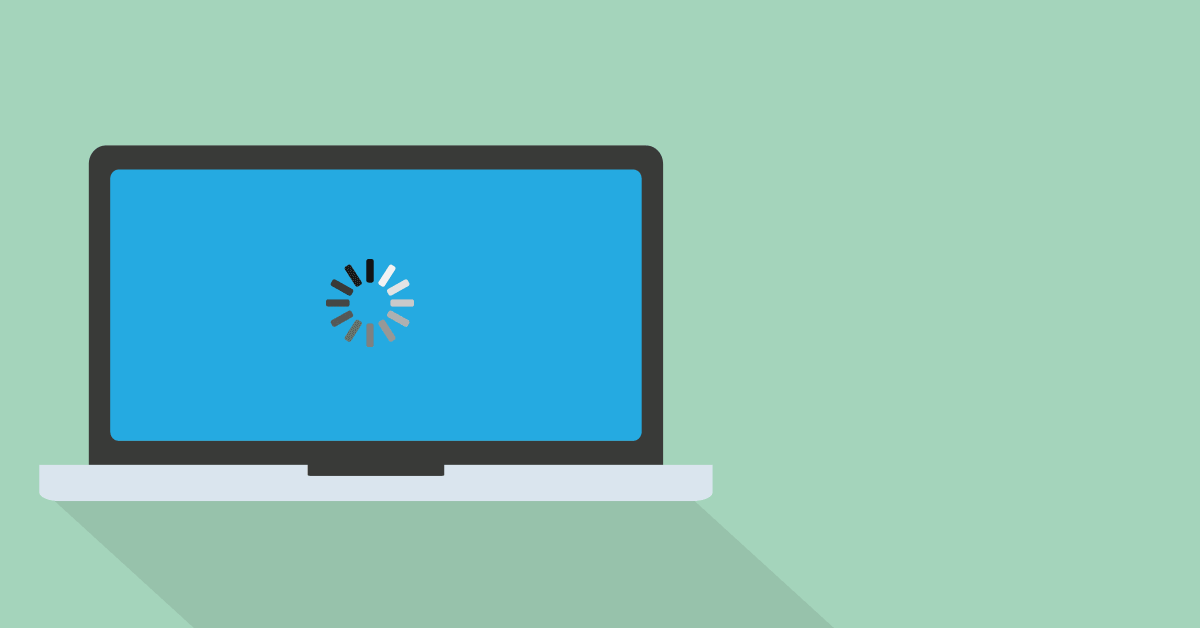
According to a new analysis, it takes an average of 22 seconds for a mobile landing page to fully load.1 But, 53% of searchers will abandon the mobile site if it takes longer than three seconds to load.2 This is somewhat of a dilemma!
In fact, as a page’s load time increases, the likelihood of a bounce also increases substantially. As a page’s load time is extended from one second to anything higher, the bounce rate increases accordingly:

1-3 seconds it increases 32%1-5 seconds, it increases 90%1-6 seconds, it increases 106%1-10 seconds it increases 123%
It would behoove any marketer who hasn’t placed an emphasis on the performance and speed of their mobile site, to get working on it. Google is about to initiate a new ranking signal that will be focused solely on mobile site speed. It will be referred to as “The Speed Update,” and is slated to take place in July of 2018. Marketers who have not placed an emphasis on speed, must do so before it grows too late to preserve or improve your Google ranking!
In an effort to help searchers find sites that provide a “better” mobile experience, Google will be dampening the rankings for slower mobile sites. The speed factors, however, will not overshadow the relevance of queries by the searchers.
It’s been close to eight years that Google has been using desktop site speed as a ranking factor, so it’s nothing new for them to place such an emphasis on speed. The part of this that IS new is the fact that mobile sites will be included in the speed-ranking mix. This change will only affect pages that deliver the slowest percentage of queries.
This Speed Update will be used to measure all mobile pages, regardless if they are on a dedicated or a responsive site. (It should be mentioned that supposedly, the Speed Update will be a lesser ranking factor than the contextual relevance to the searcher’s query.) It should only affect the pages that load the slowest, hopefully allowing Google to provide a better experience for shoppers and searchers alike.
In this digital day and age, shoppers don’t expect to have to wait for an answer to a query. This is the age of “I want to know, and I want to know now!”

There is another dataset that breaks down the importance of speed amongst the different retail sites, which, on the average, take almost 10 seconds to load. It becomes painfully obvious that the community of ecommerce retailers definitely have a problem to deal with, and they had better do it expeditiously, as summer 2018 is rapidly approaching:3

- Automotive: 9.5 seconds
- Business & Industrial Markets: 8.7 seconds
- Classifieds & Local: 7.9 seconds
- Finance: 8.3 seconds
- Media & Entertainment: 9 seconds
- Retail: 9.8 seconds
- Technology: 11.3 seconds
- Travel: 10.1 seconds
Average page load times in the U.S. by industry. “Classifieds & Local” is the fastest category, at 7.9 seconds. “Technology” is the slowest, at 11.3 seconds. Sites in “Retail” industry load, on average, in 9.8 seconds. Source: Think with Google, 2017.
Let’s examine a well-known retailer here in the U.S., Kohl’s. To fully load, their homepage takes 13 seconds (according to Google’s Test My Site measuring tool). But compared to the top 30% of retailers (by page speed), whose sites load in less than 5 seconds, they have to get their speed up! So how do they do that?
Because the time has come for businesses to focus on their mobile speed, here are a few tools that can be used to assist in the optimization and testing of page speed:
The Chrome User Experience Report is a public dataset of key user experience metrics for destinations on the web that are popular, as experienced by Chrome users in real-world conditions.
Lighthouse is an automated tool used for auditing a web page’s quality. This includes factors such as performance, accessibility, and more. It is a part of Chrome Developer Tools.
PageSpeed Insights is a tool that can indicate just how well a page performs on the Chrome User Experience Report and offers suggestions on how to optimize performance.
The upcoming Speed Update isn’t the only trick Google has up their search-initiative sleeve. The application of the mobile-first-index will determine the overall rankings, and it will be based solely on mobile factors rather than those of desktop. This substantially elevates the importance and relevance of the Mobile Update.
In the past (and currently), Google has utilized desktop sites to determine rankings for both desktop and mobile. They don’t have two indices for the separate rankings. They have utilized desktop sites to determine rankings, then applied mobile ranking “signals.” Another factor that Google has used for mobile-specific searches is the mobile-friendly update.
In order to determine whether or not your site has been affected by mobile-first indexing, you can obtain access to your server logs (if you don’t already have it). You would be able to see an increase in the amount of crawling by Googlebot’s smartphone variant and a decrease in the desktop variant.
When it really boils down to it, the reason marketers must start focusing on mobile is simply because of the rapidly growing number of searches by consumers using smartphones—more than half, in fact!
Sources:
1 Google Research, Webpagetest.org, Global, sample of more than 900,000 mWeb sites across Fortune 1000 and Small Medium Businesses. Testing was performed using Chrome and emulating a Nexus 5 device on a globally representative 3G connection. 1.6Mbps download speed, 300ms Round-Trip Time (RTT). Tested on EC2 on m3.medium instances, similar in performance to high-end smartphones, Jan. 2017.
2 Google Data, Global, n=3,700 aggregated, anonymized Google Analytics data from a sample of mWeb sites opted into sharing benchmark data, Mar. 2016.
3 Think with Google, 2017



